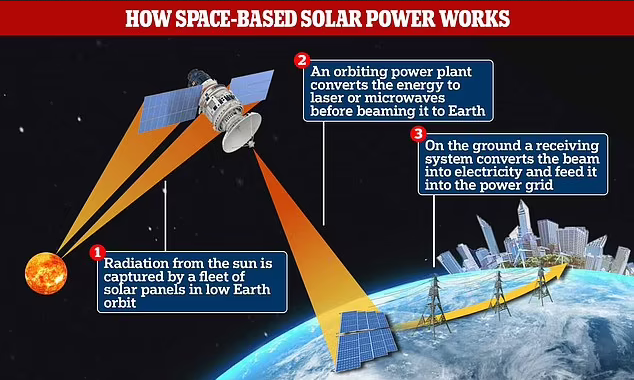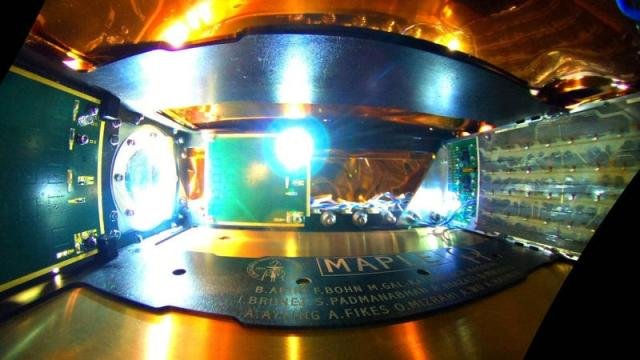For countless years, the notion of transmitting pure electrical energy from space-based solar panels to Earth has captivated the imagination of environmental enthusiasts. Within the vast expanse of space, these panels possess the extraordinary ability to harness the boundless rays of sunlight incessantly, unaffected by the setting sun.

It is envisioned that their potential to generate an astonishing eightfold increase in electricity surpasses the capabilities of their terrestrial counterparts.
In a significant development, the scientist at Caltech have revealed that a pioneering prototype has successfully transmitted a modest quantity of energy to our planet from outer space. This groundbreaking achievement marks a crucial milestone for this burgeoning field of study.
Caltech has demonstrated its ability to surmount one of the most vexing technological obstacles in the realm of space-based solar power: the secure transmission of electrical energy from extraterrestrial locations to the terrestrial surface.

A SpaceX rocket launched a spacecraft carrying Caltech’s prototype into space in January. The prototype includes solar cells and an array of transmitters that can beam energy to different locations. The photovoltaic cells convert sunlight into electricity, which then needs to be converted into microwaves so it can be transmitted wirelessly.
In an impressive display of technological prowess, Caltech unveiled its groundbreaking prototype, which exhibited the remarkable ability to transmit power wirelessly through space and successfully return it to the university.

Commencing with modest endeavors, the prototype commenced its foray by sending microwaves to meticulously positioned receiver arrays, situated a mere foot away from the transmitter. These skillfully designed receiver arrays adeptly converted the microwaves back into the coveted direct current (DC) electricity, harnessing its potential to illuminate a pair of luminous LEDs, thus showcasing the prototype’s exceptional capabilities.
In order to achieve the climate objectives outlined in the Paris agreement by 2050, it is imperative that greenhouse gas emissions reach net zero. This is a demanding goal that cannot be accomplished quickly. Therefore, space-based solar power should not be viewed as a rival to Earth-based solar farms. Instead, we should strive to obtain as much renewable energy as possible, as quickly as possible.
Reference- Interesting Engineering, Vox, Caltech PR & website, National Geographic, Futurism






